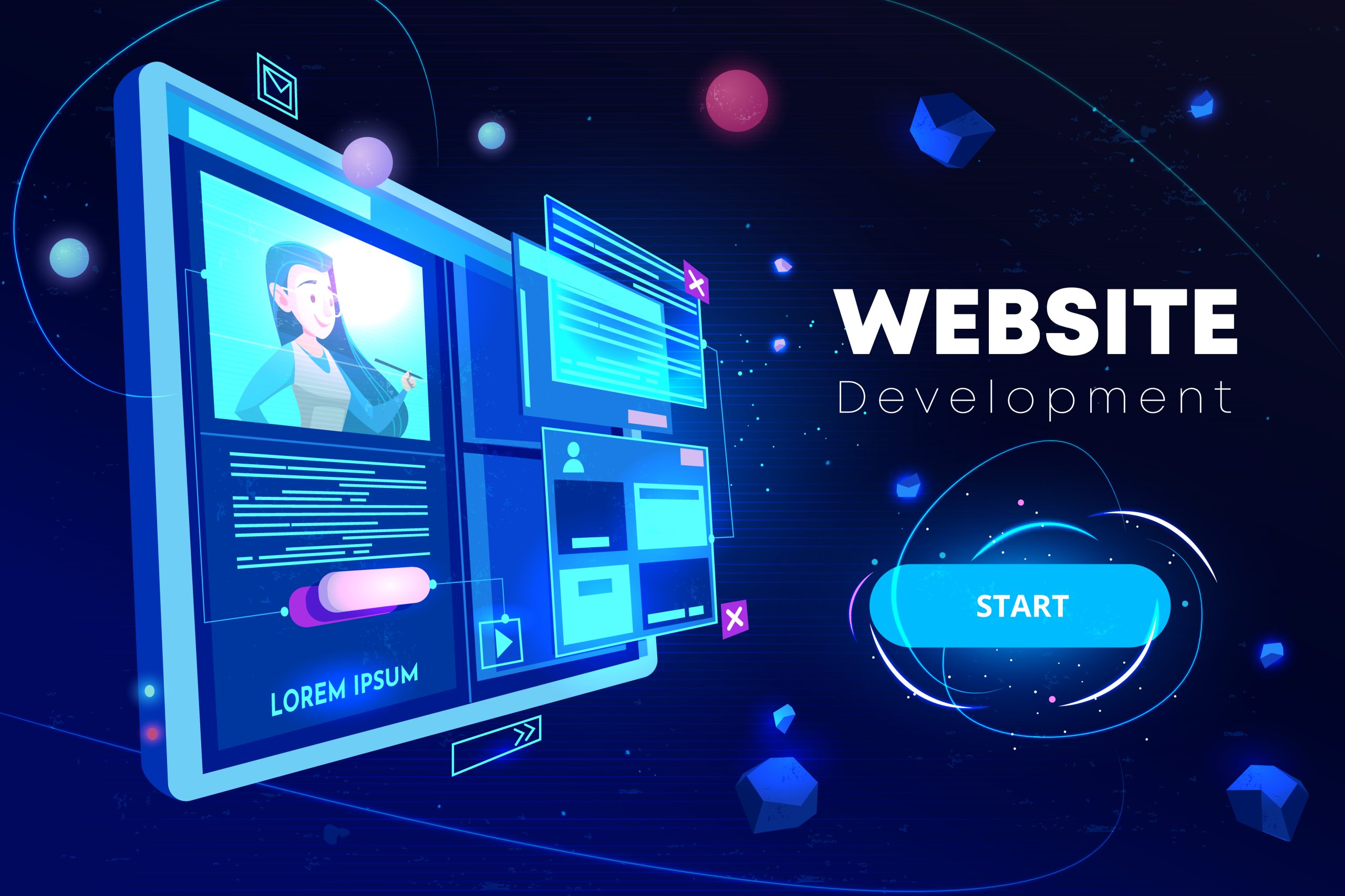The Art of Website Development: From Concept to Launch
In today’s digital world, your website is more than just an online presence—it’s the face of your brand, your digital storefront, and often the first impression you make. Whether you’re building a simple portfolio or a full-fledged e-commerce platform, understanding the website development process is key to creating something impactful and effective.
Step 1: Planning and Strategy
Every great website starts with a plan. Before writing a single line of code, ask yourself:
What is the purpose of this website?
Who is the target audience?
What actions do I want users to take?
This is the stage to define your goals, research competitors, and sketch out a basic sitemap and wireframes. Tools like Figma or Adobe XD can be incredibly helpful for visualization.
Step 2: Design
Once the plan is in place, the design phase begins. Good design is not just about aesthetics—it’s about usability, accessibility, and creating a seamless experience.
Key design principles to keep in mind:
Consistency: Stick to a cohesive color scheme, typography, and layout.
Responsiveness: Ensure your site looks great on desktops, tablets, and smartphones.
Speed: Optimize assets for fast loading times.
UI/UX designers often collaborate closely with developers at this stage to bridge the gap between visuals and functionality.
Step 3: Development
With designs approved, it’s time to code. This is usually split into two areas:
Front-end development: This involves everything the user sees and interacts with—HTML, CSS, JavaScript, and frameworks like React or Vue.js.
Back-end development: This powers the logic and data behind the scenes. Common technologies include Node.js, PHP, Python (Django/Flask), or Ruby on Rails.
For content-heavy sites, a CMS (like WordPress, Ghost, or Sanity) may be integrated to simplify content management.
Step 4: Testing
Before launching, rigorous testing is critical:
Functionality testing: Check all links, forms, and interactive elements.
Compatibility testing: Ensure the site works across major browsers and devices.
Performance testing: Use tools like Google PageSpeed Insights or GTmetrix to optimize load times.
Security testing: Implement HTTPS, sanitize inputs, and update dependencies.
Step 5: Launch and Maintenance
After passing all checks, it’s time to go live. Choose reliable hosting, configure your domain, and set up analytics to track performance.
But launch isn’t the end—it’s the beginning of ongoing updates, content improvements, and security monitoring.
Final Thoughts
Website development is a dynamic process that blends creativity, technical skill, and user-focused thinking. Whether you’re building it yourself or hiring a professional, understanding the development journey ensures better decisions, smoother collaboration, and ultimately, a more successful site.

